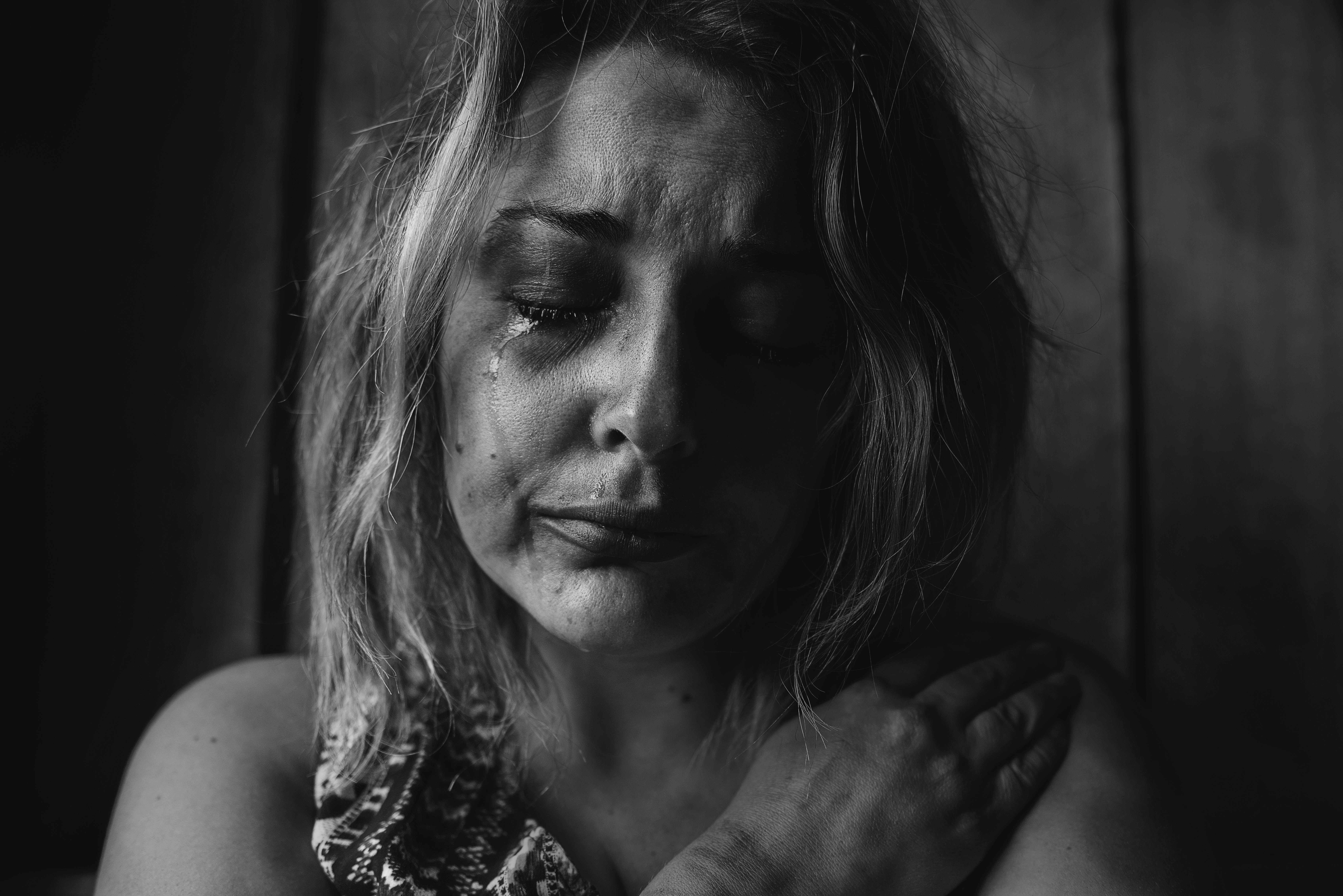Today we will examine bipolar disorder. Bipolar disorder is common among the mental illnesses and is severe. It poses a high risk to a person’s psychological, emotional and physical well-being. Bipolar by itself is acutely painful, and the results from its highs or lows can be ruinous. Before we look at substance addiction, we will examine bipolar disorder.
Bipolar Disorder, Type I
Bipolar disorder has two main variants, Type I and Type II. We’ll look at Type I today. Type I bipolar disorder, once known as manic depression, causes abrupt swings from a normal mood to an extremely depressed state, wherein a person loses most of their ability to function. Conversely, the rapid shift might go upwards, to an unsustainably elevated mood called mania. We will examine mania in detail further on.
There are four prominent Bipolar phases (mood swings) that vary from a normal mood (euthymia): hypomania, mania, depression, and mixed episodes. In bipolar disorder type I, a person must experience full mania at least once, as well as recurring depression. Hypomania is an elevated mood, but not full-blown mania. Excess energy, an ebullient mood, and irritability are standard, but there’s no grandiosity. The individual stays anchored in reality.
Mania, as discussed above, is an out-of-control elevated mood, impaired judgment, racing thoughts, radically increased but unfocused energy, and development of psychosis. It occurs in bipolar I, but not bipolar type II. Mania isn’t mere happiness. It’s an irrational “high” in which an individual feels invincible, capable of doing anything. Behavior becomes unstable, erratic, and even dangerous. Thoughts fly from idea to idea, speech becomes pressured, as more thoughts try to force their way out faster than a person can speak, and movement, like hand gestures, become exaggerated. During a manic phase, people often overspend, become hypersexual, or blow tremendous amounts of money during a manic episode. Psychotic symptoms are common during mania.
Depression is a state of profoundly lowered mood. It’s typified by feelings of hopelessness and helplessness and a loss of interest in life, including activities that were once pleasing. Physically, fatigue, disturbed sleep patterns and changes in appetite are usually present. Sometimes, the sufferer’s senses seem to dull, with colors appearing grey and lacking intensity. Depression is not ordinary sadness by any means. People in a depressed state may feel self-hate and such a strong sense of despair that suicide seems like a rational solution.
Mixed episodes may contain such features of mania, like recurrent thoughts, racing thoughts, that are negative.
In bipolar disorder, the change from one phase to another is rapid. Some refer to it as a “swing,” but “whiplash” might be more accurate. It’s tough to live life when one’s entire approach shifts from average, to hopeless, to out-of-control manic.
Bipolar disorder responds well to treatment. If you or a loved one is regularly experiencing symptoms similar to those listed in this post, seek help from your local Spokane healthcare professional. Reach out to Damaris through her contact page or calling 509-342-6592.




